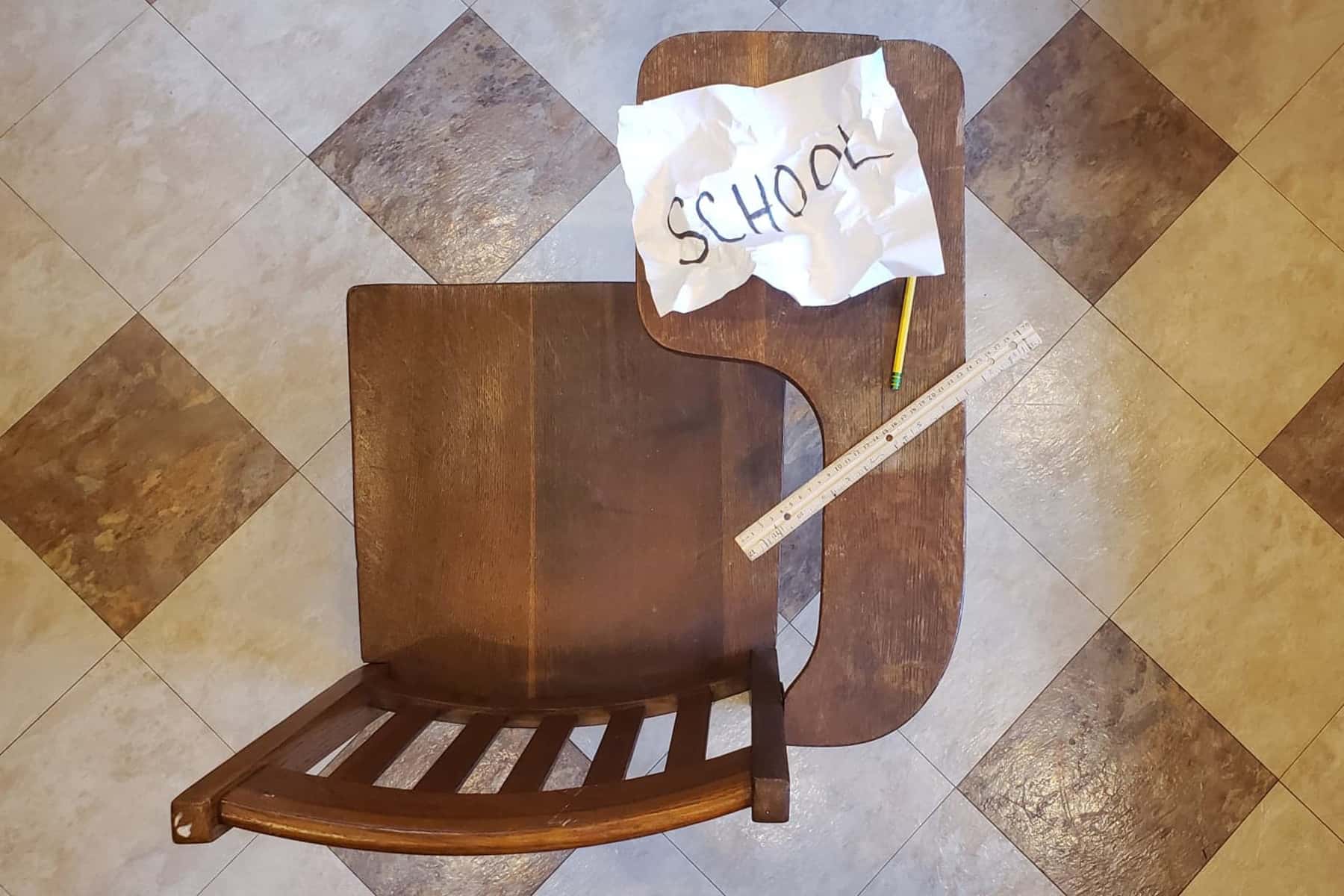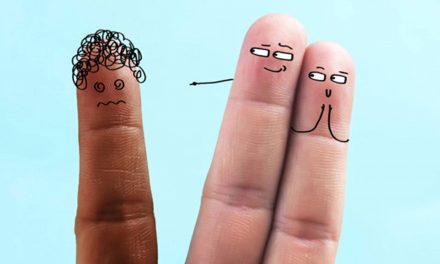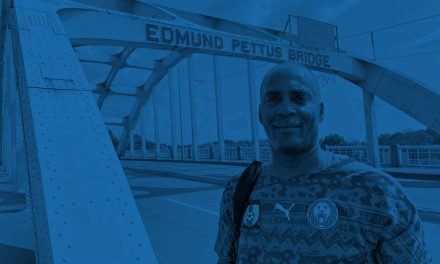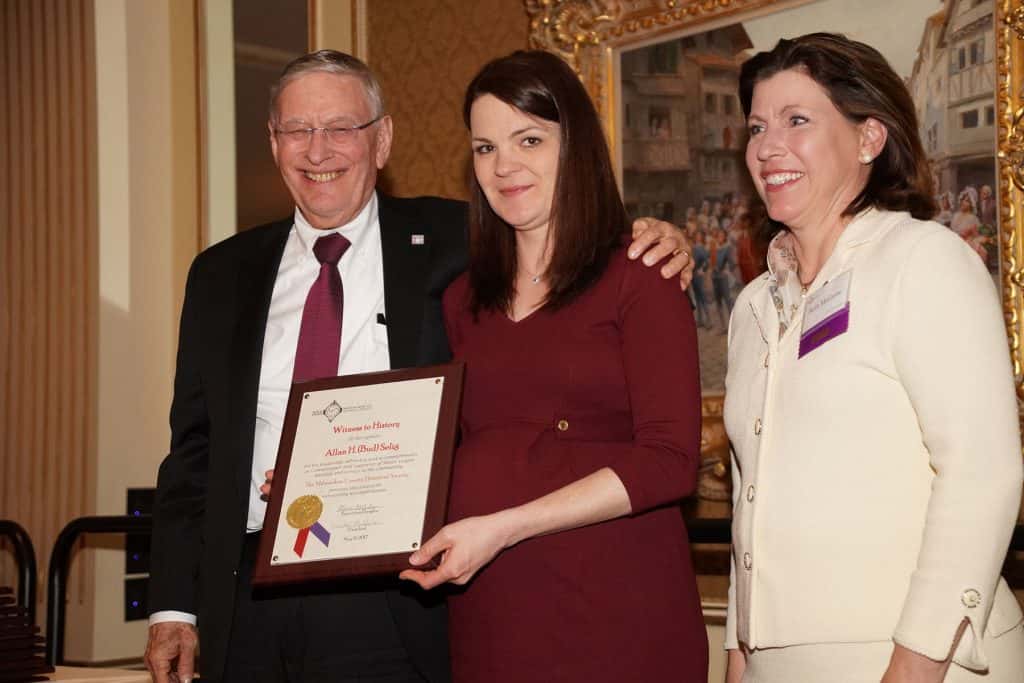
In 1729, Jonathan Swift published “A Modest Proposal: For Preventing the Children of Poor People From Being a Burthen to Their Parents or Country, and For Making Them Beneficial to the Publick.” Almost 300 years after his satirical suggestion that the Irish eat their children for physical and economic sustenance in the wake of English oppression – his point was that Irish children were already being “eaten,” I’d like to propose a less gruesome course of action that also has to do with children. Instead of reopening schools altogether – which is to many, including myself, a cruel prospect in the wake of the pandemic – or even commencing the new school year with virtual learning, which will slowly kill the educational drive of so many children, especially the most marginalized in our society, why don’t we all take the 2020-21 school year off and rethink the very concept of school?
Supposedly, millions of children are already academically “behind” after spring school closings forced most schools to go virtual. But virtual learning this fall isn’t necessarily going to get them “caught up,” let alone “ahead.” Such concepts are based on arbitrary notions that at a particular age a particular set of knowledge and skills should be attained. They are so “old school,” like so much of “school.” Those who blindly follow this prescribed, compulsory arbitrariness worry that children are going to suffer because they already missed three months of traditional school and will now miss even more. What if the problem isn’t the missed months sitting in rows inside the four walls of a classroom but the very system that forces children to sit in rows inside the four walls of a classroom, squishes them into standardized learning and behavior, then labels them “behind” because the school systems weren’t ready for purely virtual learning?
Therefore, I propose that principals and teachers, students and parents, employers and elected officials, erase from the metaphorical chalkboard “What School Is,” huddle up (physically distanced, for now), put their heads together and co-design “What School Could Be.” Not “How can we do school the same way we’ve done it for a century, only virtual?” but “How can we altogether rethink the concept of school we’ve inherited and silently accepted?” So much has been thrown into disarray for the past five months – and we will likely continue to swirl in a state of chaos and uncertainty. But we have a rare chance now to buck the status quo and do what’s best for our children. Out of chaos can come new clarity, a new normal, as we’ve taken to saying since March.
Everyone in this country has been forced by the pandemic to rethink their own sense of home and work, shopping and dining, safety and freedom. We’ve all had to reconsider the distance we put between us and other people. But in those countries where they have responded wisely to the pandemic, it took collective rethinking – and an agreement on the part of as many of those involved – to accept physical distancing, masking, and testing as necessary to their survival. Why can’t we collectively rethink “school,” which is also necessary for our survival?
And everyone in this country, in one way or another, has been forced to consider whose lives really matter. But it has taken collective action in the forms of peaceful marches and riots, demonstrations and legislation, the forceful or voluntary removal of symbols of America’s racism to bring this to everyone’s attention. All of a sudden, the New York Times Best Seller list was filled with books on how to be anti-racist or how to examine one’s white privilege and fragility. More voices are being heard demanding that police departments be defunded, even dismantled. Why can’t this revolution be applied to “school” – especially when there are so many intersections between the current concept of “school” and racism? We would be better off without both.
BUT WHAT ABOUT
Of course, many people are probably going to say that we just need to get going and get our kids back in school, whatever that looks like. Parents, whether they work from home or not, are itching for a break: a mental break, a financial break, a return to normalcy.
Teachers and administrators have had to adjust and pivot and sacrifice curricula and content, even some of their pedagogy. How can we, they might reply, start with a completely blank slate? We have new, safe plans in place and new budgets to ensure that every one of our children receives an education. That’s as good as it’s going to get.
Look at all the heroic teachers, others might say, who this spring quickly created ways to engage their children from a distance, who were able to re-plan and refocus and learn new ways of teaching, new online platforms, new ways of communicating.
I lauded these very creative efforts from teachers and, really, all of us, in my April column, part of which explored our “imagination network,” located deep in the prefrontal cortex and temporal lobes and responsible for self-reflection and daydreams.
But if some teachers were able to do this on an individual basis, if we’ve already learned to adjust and re-create, why can’t we take this creativity to a whole new level, power up our “imagination networks” and collectively imagine the “school” we want for America.
And even if we collectively work together to improve our educational system, is it enough, I wonder, to just adjust from “in person” to “virtual” learning if, either way, we just stick with how we’ve done things for decades? We need a national conversation that isn’t just about how to get an entire class discussing science on a Zoom call or how to ensure children with special needs are supported properly, a national conversation that isn’t just about how to space masked children six feet apart, disinfect desks and door knobs and keep enough hand sanitizer in the same old classrooms with no ventilation and tiny windows. We need to ask why that would be good enough – and why “school” as we’ve done it in the past is good enough.
NOTHING IS JUST ‘BECAUSE IT IS’
I was a college and high school classroom teacher for 22 years. It didn’t take me too long into my career to begin questioning “What School Is.” That doesn’t mean that I never replicated, especially because it was easy and lazy, the systems I’m now about to say we should rethink. But nothing ever felt 100% right.
Halfway into my 22 years, I began, however, repeating the following mantra at the beginning of every new class: “Nothing is just ‘because it is.’ It is because we make it so.” And it follows, then, that if we make it so, we can un-make it so. We can unlearn it, dismantle and re-create it.
I would start the new class with a bowl of dirt and ask if anyone would like to taste it. Predictably, one or two brave souls would raise their hands but, of course, I wouldn’t let them actually eat it. They wanted to, though, because they were curious, which makes sense: they were children. When I asked everyone else why they didn’t want to try it, their answers were also predictable: “It has worm poop in it.” “I don’t know where it’s been.” “It’s dirty.” “It doesn’t taste good.” But, I asked: How do you know it has worm poop in it? If you knew where it was from, would you eat it? How do you know it’s dirty? And, my favorite, when the heck did you taste dirt before?
Then, inevitably, a student would say, “Because it’s dirt.” That response, of course, begs the question “So what?” We would then discuss what we’ve been taught about dirt, how we’ve been told by people not to eat it, that it’s not something we do, that our society has created this notion that eating dirt isn’t acceptable. We don’t eat it “just because it’s dirt,” we don’t eat it because society has “made it so.” We could, individually or collectively, just as easily un-make this belief and start eating dirt. Not that we’d want to, or that it would be healthy, but we certainly could.
Of all the concepts I’ve ever taught, this is one of the most memorable for my former students. Maybe it was the dirt. Maybe it was that they were being given a chance to question their world. Every culture’s concepts and values, I proffered, are “made so.” Love and Desire, Beauty and Ugliness, Truth and Justice, Ethics and Morality, Superior and Inferior, you name it. The same, I always told my students, goes for School.
THE WORLD IS CHANGING, BUT SCHOOL ISN’T
For most of human history, people did not learn as they do in the modern American school system. They didn’t sit in classrooms with 40 other children the same age for eight hours a day learning “subjects.” They didn’t rely on textbooks or classroom management systems. They didn’t receive grades based on state standards. They didn’t fall behind and weren’t labeled as “gifted and talented.” They didn’t advance grade levels and graduate if they had at least “D averages.”
They interacted with their world, externally and internally, with curiosity. They inquired about that world, appreciated it, observed problems, sought answers. They responded to changes in their world with new perspectives, new philosophies, new approaches. They learned the way two authors over 50 years ago said American children would have to learn if we were to survive. What Neil Postman and Charles Weingartner called “the new education” in 1969 wasn’t really new at all. Its purpose would be to create “a new kind of person, one who – as a result of internalizing a different series of concepts – is an actively inquiring, flexible, creative, innovative, tolerant, liberal personality who can face uncertainty and ambiguity without disorientation, who can formulate viable new meanings to meet changes in the environment which threaten individual and mutual survival.” That’s pretty close to the kind of learning that made a difference in the past.
Postman and Weingartner’s Teaching as a Subversive Activity is as relevant now as it was then. That is a sad observation: while American culture and advancements and threats and challenges have changed rapidly for five decades, the way children are forced to learn has remained practically the same. One could say the same about systemic racism over the past five decades.
Postman and Weingartner wrote their book based on the assumption that “the survival of our society is threatened by an increasing number of unprecedented and, to date, insoluble problems,” which for them included crime, suicide, and infant mortality; the communications revolution and media misinformation; civil rights, reproductive rights and food and water supply problems. Other than era-specific problems like Vietnam and the threat of Communism, it is again a sad observation that most of these problems still exist.
The child growing up in the early 21st century is already, indeed, “a new kind of person.” They are contending, as every generation does, with new challenges: climate change, gun violence, the symptoms of systemic racism, the current presidency and coronavirus. Yet they have been fed – and will continue to be fed this school year, with exceptions, of course – the same concepts and mindsets and skills. The American school system is still based on arbitrary standards, compartmentalization of children into grade levels and prescribed subjects, past-focused content – the same content that was being taught in 1969 is still being taught today. I don’t know how many American history classes I took or have witnessed that ended at the Vietnam War. If a child doesn’t have room in her schedule for a Current Events class, where will she ever be able to learn about and discuss current events, things which are affecting her life in real time.
Are today’s children being deprived of the chance to become even newer kinds of persons, ones who will be active, inquiring, creative, innovative people who have the know-how and resilience to deal with an uncertain future? In a world that is changing so rapidly, how can we know what to teach children to prepare them for the future? How can we adapt or evolve schooling so that it meets the needs – and natural abilities – of all children?
SURVIVE OR DIE
Postman and Weingartner probably scared a lot of people off in 1969, which is why most of my colleagues had never read them. They contextualized schooling and our very survival: “The basic function of all education, even in the most traditional sense, is to increase the survival prospects of the group… The tendency seems to be for most ‘educational’ systems… to fall imperceptibly into the role devoted exclusively to the conservation of old ideas, concepts, attitudes, skills, and perceptions. This happens largely because of the unconsciously held belief that these old ways of thinking and doing are necessary to the survival of the group. And that is largely true, IF the group inhabits an environment in which change occurs very, very slowly, or not at all… [S]urvival in a rapidly changing environment depends almost entirely upon being able to identify which of the old concepts are relevant to the demands imposed by the new threats to survival, and which are not… What we are saying is that ‘selective forgetting’ is necessary to survival.”
They believed, of course, not just in “selective forgetting” of structures and systems like I’ve already described, as well as concepts like absolute truth and certainty, fixed identities, simple causality, dichotomies like right/wrong and the concept of higher authorities dispensing knowledge, but also in what I’ll call “collective rethinking” of what skills are truly necessary for our survival in a rapidly changing world.
A story: I taught seven years at an independent school that served early school children through high school. Before my first school year even began, I created a website on which students could discuss their summer reading with each other and their teachers throughout the summer instead of having the first thing they did in September be to write a glorified book report or take a test. Before I retired from this school, I instituted a year-long senior capstone project in which seniors would investigate a subject or problem of interest to them through a lengthy process of inquiry, critical thinking and creative thinking. The very idea of discussing a work of literature with their peers, let alone their teacher, appalled many students at first (it was also the summer timing, I’m sure). They would have preferred the report or test. And many seniors struggled with sustaining inquiry beyond a few weeks – or even knowing or discovering something that interested them. And it wasn’t even their fault. They simply had rarely been given the kinds of educational experiences, concepts and skills to help them to inquire and investigate or to solve a problem bigger than themselves or one thrown at them by a teacher.
So what concepts, skills and experience are necessary for all students to learn, right from the start, in order for them to survive in the future and solve the problems that we face? If you are a human being, you can probably add dozens of things to this list:
- uncertainty, or admitting you don’t know or understand something
- humility, or admitting when you’re wrong or have made a mistake
- resilience, or being flexible and adaptable in the midst of challenges
- tentativeness, or not rushing to easy or quick answers
- questioning authority, definitions, or “facts”
- problem solving and collaboration
- synthesizing
- creativity
- curiosity
- imagination
- personal expression
- civic and social justice literacy
- economic and financial literacy
- environmental literacy
- global awareness
- joyful learning
You might recognize many of these as so-called “soft skills” or “21st century skills.” In fact, they are human survival skills. The problem is, they all can’t be standardized or tested. They are not just meaningful for a 7 or 12 or 18 year old; they’re necessary at all ages. We need to give kids a break from being controlled and measured. Instead, kids need to learn how to learn and how to teach themselves. To do that, they need educational experiences that allow them to take their inherent human skills and develop them for an uncertain future.
A CLEAN SLATE
I know. This modest proposal isn’t necessarily new. So many others have already advocated for cleaning the slate and allowing new ways of “schooling.” So many schools do exist in the country and the world that have re-thought what “school” is all about: The Open Classroom. Forest Kindergartens. World-schooling. Game-schooling. Democratic schools. Anti-schooling. Unschooling. Project-based schooling. Year-round schooling.
Such schools as Brightworks or The Downtown School or THINK Global School, I think, would ignite any young person. Such schools help children gain access to the world, navigate it, make sense of it by tapping into their natural curiosity. Directing them to real-world resources and experiences and social interactions rather than predetermined curricula. Allowing students to co-create with teachers and parents, allowing them to direct their own learning. Learning information when it becomes necessary to advance toward a personal goal. Working in communities to change the world as it changes around them. Who knows what else hasn’t been thought of yet?
What would happen if we eliminated grade levels? How would that work? How would children learn? What would they learn? Who would choose? How would high school seniors mentor 5th graders – as a regular part of their “schooling”?
What if we eliminated subjects? What would children learn about? What innovative intersections of knowledge and understanding could emerge? (I once spoke with a student at Bennington College who was double majoring in Dance & Molecular Biology, a major she had created. Now that’s what I’m talking about for elementary through high school.)
What if we eliminated grades? How would children know they had succeeded?
What if we eliminated standardized testing? What better, more human measures would differentiate one child from another? How would those differences be capitalized upon for something greater?
What if every school district identified its most pressing problems – perhaps too many children live in food deserts or are affected by gun violence, perhaps there’s high unemployment or low voter turnout. What if schools began teaching children the facts, skills and concepts needed to help solve these problems, created partnerships between schools and communities so that “schooling” wasn’t about learning arbitrary facts, skills and concepts but relevant, meaningful and change-inducing ones.
All students would apply reading, writing, biology, chemistry, agriculture, culinary arts and more to learn how to grow and cook their own food. All students would partake in restorative justice practices. All students would be mentored by internship, apprenticeships and employers. All students would rally to get out the vote and become literate in civic and social justice issues. From elementary school through high school, students would learn traditional subjects as they needed them: psychology and philosophy to learn about restorative justice, public speaking when working with potential employers or canvassing neighborhoods.
What if we hired teachers who weren’t certified by the state (I can say that my own certification process was a joke) but by their experience as human beings, as artists, as activists, as entrepreneurs, as scientists, writers, builders. What if we actually encouraged and hired and consulted with BIPOC members of our communities as teachers, mentors, counselors, administrators? (Just today, someone on Facebook asked us to name the first Black male teacher you had and I couldn’t name one, and I have a Master’s Degree and that lapsed teaching certificate.)
If we start with a clean slate, then it doesn’t take long to fill it. I know we all have our own ideas. Most of all, children – who are rarely or never included in the life-determining decision-making about the only thing that all Americans are required to participate in: schooling.
Such changes would take time, obviously. Not just this “year off” I’m proposing, but many years. I’ve been accused of trying to rush things too often. But, like I said, it’s already been over 50 years since Teaching as a Subversive Activity warned America that it would need to change how it does school – or die trying. We’re still here, of course, but is that good enough? Because the same old problems of 1969 are still here.
Postman and Weingartner believed that it wasn’t good enough to just be alive. They believed that change was possible: “It is not beyond our ingenuity to design school environments which can help young people to master concepts necessary to survival in a rapidly changing world.” That’s giving us a lot of credit, credit that we don’t give ourselves often enough. If we did, then parents, teachers, administrators, elected officials, and especially students would be taking to the streets.
Swift’s Modest Proposal certainly didn’t tear down English oppression one bit, and neither will this one make a dent in the national debacle that is the school system. It’s admittedly just too unrealistic. But what if? Let’s take a year, or two, or even three off, and create the kind of “school” we truly want.
Heck, let’s even just pretend. What if?
© Photo
Dominic Inouye














